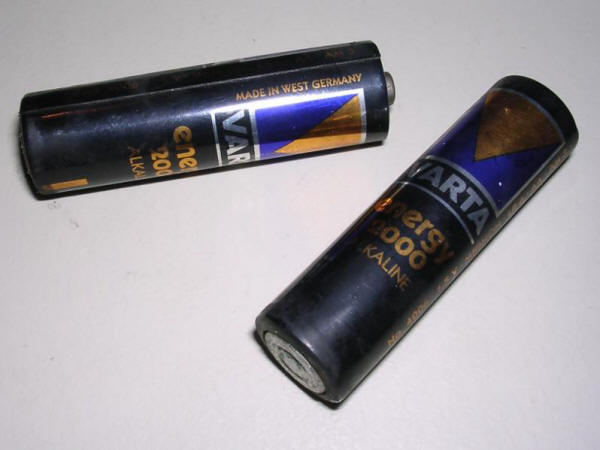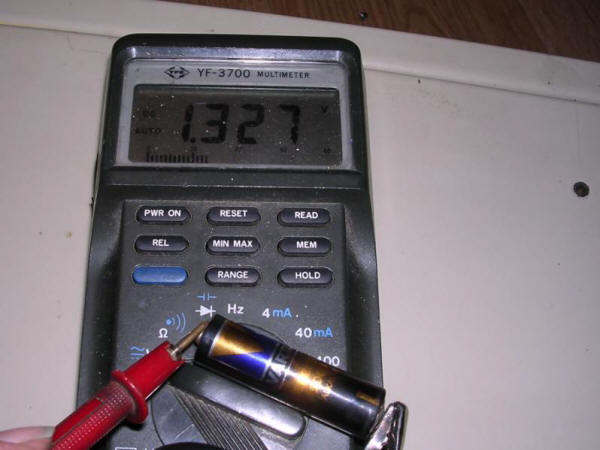Siemens Simatic S5 PG685
The machine used to design programs for PLC
controllers using Siemes Step5 software and load them into industrial
machines. It is a portable PC which was originally a CP/M machine, so it
is more CP/M machine than PC. Because the S5 line of PLC controllers was
manufactured since early 1980s, their reliable design didn't changed
much and Siemens manufactured these computers until early 1990s using
the same design with CRT display. The only thing that changed is
mainboard, in this unit it contains a 80286 CPU with about 1MB of RAM,
but I doubt that 286 instructions are used by DOS 2.11 or CP/M-86. The
machine has a small CRT display, set of programmable keys, a
quad-density 5.25" floppy disk drive and 20MB ST225 MFM hard drive.
It is not fully compatible with IBM PC, it's more a CP/M-86 machine, so
it is difficult to run any DOS software on it. It can run a special,
customized version of MS-DOS 2.11 booted from a 720kB 5.25" quad-density
disk or hard drive.
PG685 has a special socket for programming an EPROM module which
contains program for controller. The specialized expansion board
contains a full EPROM programmer electronics for it.
RTC is kept using 2 AA batteries located in the rear of computer in a
fuse-like screw sockets.
| Manufacturer | Siemens | |
| Origin | Germany | |
| Year of unit | 1989 | |
| Year of introduction | 1985? | |
| Type | Portable, PC-incompatible | |
| CPU | Intel 80286 | |
| RAM | 1024kB | |
| Floppy Disk | 1x5.25", 720kB (QD) | |
| Hard Disk | 20MB MFM | |
| Other media | None | |
| Graphics and display: | ?Text-mode?, built-in CRT (monochrome, white) | |
| Sound: | PC Speaker | |
| Keyboard and pointing device: | Full-stroke keyboard with keys specialized for programming a control process. | |
| OS: |
MS-DOS 2.11, customized version on 720kB 5.25" disk Probably CP/M-86. |
|
|
Power supply: |
||
|
Built-in switching power supply |
||
| I/O: | - Serial port - Parallel port - EPROM Module connector - Monitor output - Small DB9 port - AG S5 (programming) port - "SINEC H1" port (whatever it is) |
|
| Possible upgrades: | None known, possible by adding expansion boards | |
| Additional peripherals: |
Source of my device is not known, but it was salvaged from recycling
plant. it is interesting that this computer contained 2 AA batteries
made around early 1990s (best before 1993) in West Germany, which were
still giving about 1.33V each. Another example of "German quality".
Update: Batteries gave up in 2019, after more than 3 years of powering a
wireless mouse.
Making boot disk
To make a quad-density floppy disk reliably, you have to perform 2 steps
under pure DOS (or Windows 9x booted in "command prompt" mode, but not a
DOS window), in a computer with a 1.2MB high-density 5.25" drive.
Contrary to many opinions in the Internet you usually don't have to make
your floppy drive spin at 300 not 360rpm. I tested the following
procedure on Digital, Citizen and Teac drives with success. So first,
you need to get...
|
|
Boot package |
Now:
1. Formatting the disk to Quad-density tracks
Use CopyQM to copy the CP/M-86 disk image to a disk. Do not use BAT file
enclosed with disk image, as it may not work detecting drive
incompatibility with QD disks, instead use CopyQM with CQMENU selecting
"Direct hardware Access". This may not be needed in some drives. The
CP/M disk may even be bootable in Siemens. Generally, we want to make a
Quad Density formatted disk in High Density disk drive.
2. Record DOS on formatted disk
using the enclosed program copy the 720kB image into the disk by
announcing
disktool write 720 211pg685.dsk B:
The resulting disk should be bootable in Siemens.
Boot from hard disk, new hard disk installation
An ordinary "MFM", like ST506/412 drive goes in,
preferably 20MB ST225 (615/4/17 CHS). To make a hard disk bootable, use HDPARTY program
from boot disk. First,
low-level format the
disk. Every MFM disk in a new controller should be low-level formatted. 25MB
option is typical 615/4/17 geometry as for 20MB ST225 drive. This
option will LLF the drive too. Then you will have a option to make a
partition. It is possible to make partitions for DOS and CP/M, or you can make one single partition that fits all 20MB
drive. After making the partition, use the option to make it active and exit the program.
Reboot the computer.
Use HDINSTAL program, skip HDPARTY by pressing any key other than F8 in
the appropriate step. The system will be copied and installed so the
computer will be able to boot from hard disk. This DOs is more CP/M-like
than MS-DOS and even some system calls are not PC compatible, so don't
expect much software will work.
It is important that hard disk is present in this machine as drive
B:, not C:, this is one of many remains from CP/M machine.
This machine boots by trying the floppy disk drive about once per second
and flashing "SYSTEM" on screen. Then you can press space to get into
on-ROM tests. When the hard disk spins up, computer will boot from it.
It is important that the disk will be left where it finished last read
or write, and the computer is portable, so don't forget about parking
drive's heads!
There is also a HDPARK tool for hard disk heads parking. Use it when
transporting the computer.
RTC is battery-backed but DOS always asks for time no matter what. This
is because RTC is not so DOS-compatible.
This machine is NOT compatible with PC, so it won't run much software.
The only bigger program I found useful on it was Derive 3.x. Many other
programs interfere with Siemens' terminal settings (remember that it is
a CP/M machine in its heart) making the graphics unreadable or causing
black screen.
Under DOS, the floppy disk can read both 320kB disks and even 720kB
quad-density disks. This format is rare in PC land, but it had its
popularity in CP/M machines, in which 720kB of space on 5.25" disk was a
luxury.
FUNCTION program can be used to define additional function keys.
ROM cartridge
The ROM cartridge is used to transfer data between computer and the industrial unit. It is important to use the cartridge intended for this machine, not for other machines as the connector stays the same and pinout or ROM banking may be changed. Generally, the ROM modules are accessible from STEP5 software tailored especially for this machine and I don't have tested any of this software.
Links:
- http://oldcomputers-ddns.org/public/pub/rechner/siemens/pg685/index.html - Some interesting files, manuals (in German) and CP/M related disk images.







